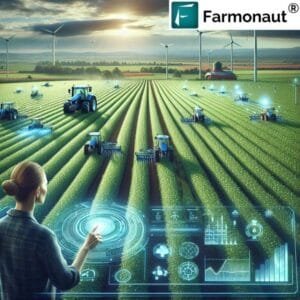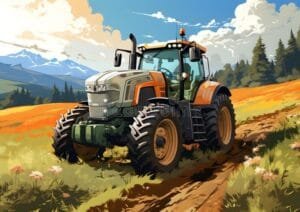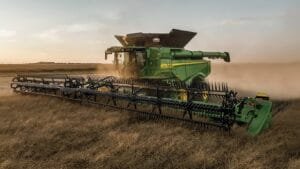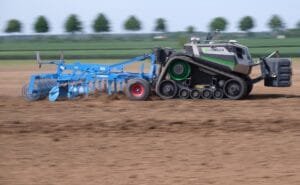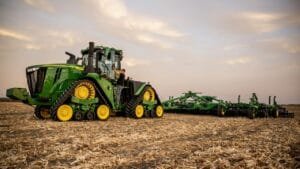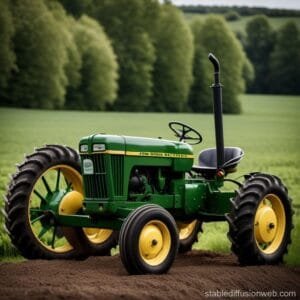The integration of automated systems has fundamentally reshaped agricultural practices in the 21st century. From GPS-guided tractors to AI-powered irrigation networks, modern farming operations increasingly rely on elegant technology to optimize crop production, reduce labor costs, and enhance resource efficiency. This technological revolution represents a significant departure from traditional farming methods, enabling precise control over various aspects of agricultural production while addressing challenges posed by climate change, labor shortages, and growing global food demand. The integration of automated systems into farming practices has revolutionized agricultural operations, marking a significant shift from traditional methods to precision-based approaches. These technological advancements have enhanced efficiency, reduced labor costs, and optimized resource utilization across various farming processes.
GPS-guided tractors and machinery now navigate fields with centimeter-level accuracy, eliminating overlaps and gaps in planting, spraying, and harvesting operations. This precision ensures optimal seed spacing, reduces waste, and maximizes yield potential. Smart irrigation systems utilize soil moisture sensors and weather data to deliver precise amounts of water when and where needed, conserving this vital resource while maintaining optimal growing conditions.
Robotic milking systems have transformed dairy operations, allowing cows to be milked on demand while monitoring individual animal health and production metrics.These systems track milk quality, temperature, and composition in real-time, enabling early detection of health issues and ensuring product quality.
Drone technology has become instrumental in crop monitoring and management. These aerial platforms, equipped with multispectral cameras and sensors, provide detailed imagery that helps farmers identify pest infestations, diseases, and nutrient deficiencies before they become visible to the naked eye. This early detection capability enables targeted interventions,reducing chemical usage and environmental impact.
Automated greenhouse systems maintain optimal growing conditions through sophisticated climate control mechanisms. These systems adjust temperature,humidity,lighting,and CO2 levels automatically,creating ideal environments for year-round crop production.Combined with hydroponic and aeroponic systems, these controlled environments can produce higher yields in smaller spaces while using fewer resources.
Machine learning algorithms now analyze vast amounts of agricultural data, helping farmers make informed decisions about planting times, crop rotation, and resource allocation. These systems can predict weather patterns, pest outbreaks, and market trends, enabling proactive rather than reactive farming strategies.
Autonomous vehicles and robots are increasingly handling labor-intensive tasks such as weeding, harvesting, and sorting. These machines work continuously, reduce human error, and can operate in conditions that might be challenging or unsafe for human workers.Livestock management has been enhanced through automated feeding systems and electronic identification tags. These technologies track animal movement, monitor health parameters, and adjust feed rations automatically, improving animal welfare and production efficiency.
The implementation of automated systems has also facilitated better traceability and quality control throughout the agricultural supply chain. From planting to harvest and distribution, automated monitoring systems provide detailed documentation of all farming operations, meeting increasing consumer demands for transparency in food production.
As these technologies continue to evolve, they are becoming more accessible to farmers of various scales, transforming agriculture into a highly efficient, data-driven industry that can better meet the growing global demand for food while minimizing environmental impact.

